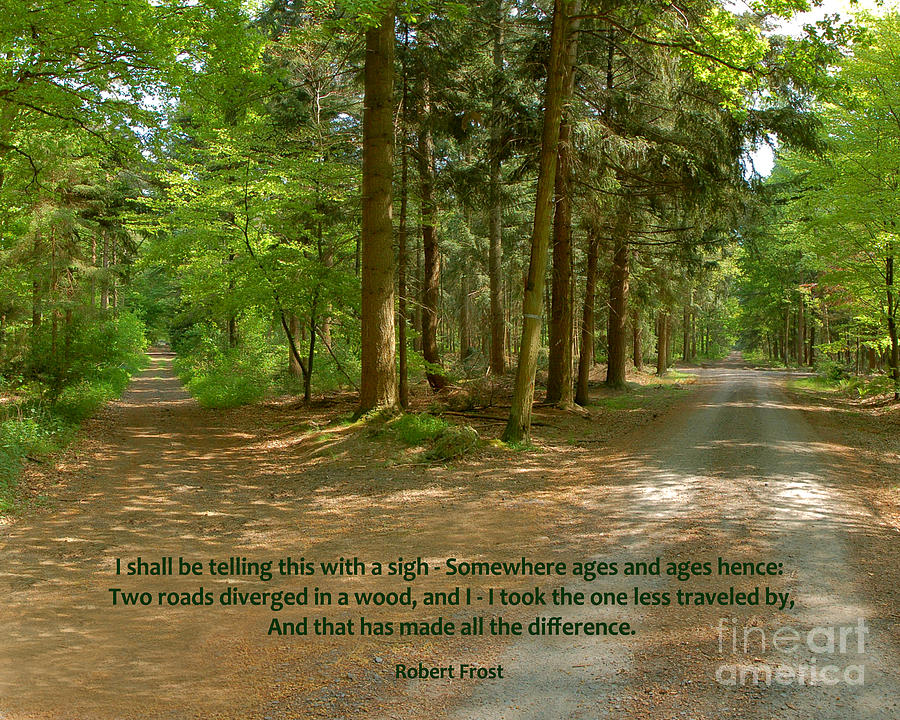
It is now widely considered to be one of the most popular works of American literature. “The Road Not Taken” was originally published in The Atlantic in 1915 along with two other poems from Frost. It’s a commentary on the self-deception we practice when constructing the story of our own lives.” In the final stanza, we can’t know whether the speaker is sighing with contentedness or regret as he justifies the choices he’s made and shapes the narrative of his life.įrost wrote the poem to tease his chronically indecisive friend, Edward Thomas, who misinterpreted the meaning and enlisted in the military shortly thereafter, only to be killed two years later in WWI. Published in 1916, Robert Frost’s most popular poem, The Road Not Taken ( Poetry for Students Volume 2 and Poetry for Students Volume 61 ), is conventionally understood to be a meditation on the choices we make when confronted with a fork in the road. In fact, the critic David Orr deemed Frost’s work “the most misread poem in America,” writing in The Paris Review: “This is the kind of claim we make when we want to comfort or blame ourselves by assuming that our current position is the product of our own choices… The poem isn’t a salute to can-do individualism. But as Frost liked to warn his listeners, “You have to be careful of that one it’s a tricky poem-very tricky.” In actuality, the two roads diverging in a yellow wood are “really about the same,” according to Frost, and are equally traveled and quite interchangeable. This interpretation has long been propagated through countless song lyrics, newspaper columns, and graduation speeches.


The poem highlights the sensation of regret that accompanies all the. Robert Frost’s poem “The Road Not Taken” is often interpreted as an anthem of individualism and nonconformity, seemingly encouraging readers to take the road less traveled. Robert Frosts The Road Not Taken is about the choices and opportunities in life. content referenced herein are the property of the originating entities.


 0 kommentar(er)
0 kommentar(er)
